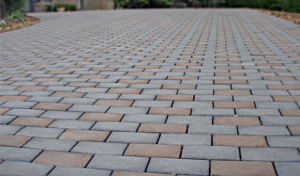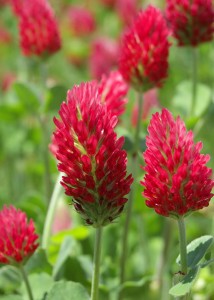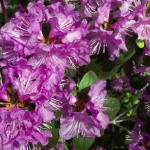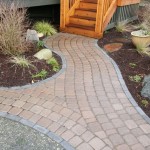Recycled pavers
February 19, 2010 @ 8:10 pm
At Ecoyards, we’re always looking for better ways to create beautiful, sustainable landscapes while being kind to Mother Nature. So we were pretty excited when we recently connected with VAST Enterprises – makers of composite landscape pavers. VAST pavers are made of 95 percent post-consumer recycled materials –plastic bottles and scrap tires — rather than traditional concrete or clay. They’re manufactured with zero emissions and zero waste. They’re also the ultimate recycled product since they can be removed and made into brand new pavers.
We’ve spent some time looking into VAST pavers, and we’re happy with their natural look and durability. We’re excited to start offering Ecoyards clients another environmentally-friendly option to build their patios, driveways and walkways. The pavers are lightweight but sturdy and have a lifetime warranty against cracking. While the cost of VAST pavers are nearly double that of traditional concrete pavers, they’re much easier to install so the overall cost of a project to the consumer is comparable to traditional installations. The pavers are brick-shaped and come in six different colors.
Filed under Seattle Hardscaping, Seattle Landscape Design Permalink · No Comments »







